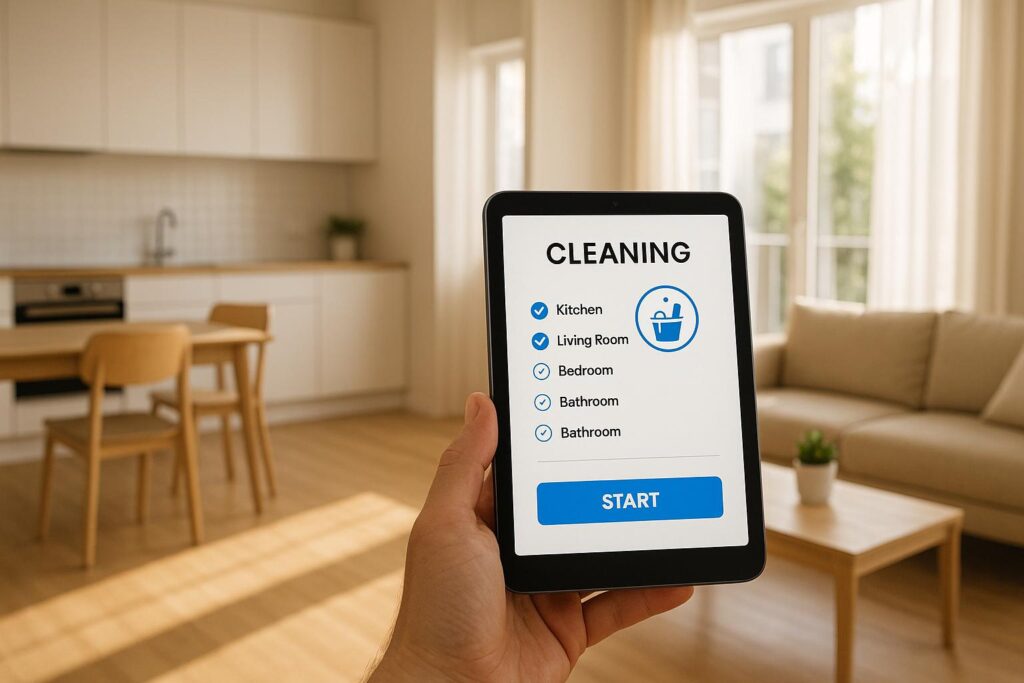You may have come across news stories and social media posts discussing how the coronavirus is affecting the housing market, and they may leave you cautious about selling or buying a home. But there is good news: not everything is as it seems, and this is particularly true in Austin.
Recent national data on the housing market suggests people are moving away from cities, opting for suburban or rural living to avoid the virus. But in reality, the trends are unclear; in fact, Bloomberg released an article in mid-September showing that many people are simply moving to other cities, directly contradicting with virus fears.
Whatever trends ultimately prevail, one thing is certain: Austin is unique in the real estate world. Its housing market has benefits other major metropolitan areas don’t, and it’s all thanks to two key factors: high demand and low supply.
Whether the economic recovery from the virus is slow and gradual or quick and messy, Austin appears to be uniquely suited to today’s challenges by being an asset to both buyers AND sellers.
VIRUS STATISTICS:
When shelter-in-place procedures began at the end of March, sellers began taking homes off the market due to risky returns. This shift was reflected in April sales totals, but thanks to a record-low inventory of properties throughout Austin, the Austin Board of Realtors (ABoR) reported property values this year are still strong. May was up 10%, June was up 9.3%, July was up 10.7% (even with a significant positive rebound in listings), and August was up 11.3%.
How was this all possible during a crisis?
WHAT SETS AUSTIN APART:
Austin has a long history of low inventory. Coupled with its ever-increasing population, this has brought unprecedented gains for the area. Property values have nearly doubled since 2010, and in 2019 alone, the pricing increased by 14%.
One of the strongest factors of real estate value in any housing market is population growth, and Austin has this in spades. The Austin Chamber of Commerce reports the greater Austin area has grown 37.3% from 2000 to 2010, and an additional 29.8% from 2010-2019.
One particular segment of the population is a key factor in its growth: the tech sector. Tech added over 10,000 new jobs from 2017 to 2018 alone, and the Austin Chamber of Commerce reports that as of August 2019, there are 7,200 tech employers in the metro area that account for 15.8% of all jobs – one-third of the area’s payroll.
The average tech employee has a higher-than-standard income and is more prone to buying a home. This will continue to fuel home purchases in residential and metro areas, keeping demand for properties up. And this is particularly true if the trends in working from home continues.
The area’s unique blend of low supply and high demand puts Austin in a better position to withstand the ups and downs of the virus, and these new “downs” have actually put it Austin a unique position: it benefits both buyers and sellers by creating a “sweet spot,” allowing more potential homeowners into the housing market and allowing sellers to still achieve profits, and faster. For Austin, today’s supply and demand balance benefit everyone.
BENEFITS FOR BUYERS:
For those interested in buying a home, pricing is more within their budget. Coupled with low mortgage rates, buyers now have more property options within reach. According to Freddie Mac, the 30-year, fixed-mortgage interest rate came in at about 2.80 percent as of October 1st compared to the 3.65 percent at the same time last year – a hefty drop. And the five-year, adjustable mortgage interest rate came in at about 2.90 percent vs. 3.38 percent over the same time period.
BENEFITS FOR SELLERS:
Austin’s low supply and increasing population have been a lasting benefit for sellers, but it has also been a saving grace during the crisis. With owners withdrawing homes from the market due to economic uncertainty, there are even fewer choices available for those buying a home, which helps keep property values up.
Sellers also benefit from low-interest rates. As more buyers enter the housing market, competition for bids increases, keeping home values high. And since interest rates will increase when the economy recovers, the window for buying a home at these ultra-low rates is tight, pushing buyers to buy fast. This limits a home’s time on the market – always a good thing for sellers.
CHANGES IN URBAN, SUBURBAN, AND RURAL LIVING:
As we move further into the future, will we work from home more often? And will this change the housing market? The short answer is this benefit fuels each area of the market. The current environment provides benefits for all who want them.
SUBURBAN AND RURAL LOVERS:
The virus is giving us a stronger look at what is possible with mobile employment. As businesses follow stay-at-home orders, more are experiencing the benefits of remote workforces, a trend that was growing before the pandemic. Many studies have shown how working from home boosts productivity and can even benefit an employee’s health. As it becomes a long-term solution, businesses also benefit from the reduced cost of office space.
Since this trend began before the pandemic, it will most likely continue. Technology advancements like Zoom, Google Meet, and today’s CMS systems are only make everything easier, allowing employees to move further from the city to homes out in the country or residential neighborhoods with easy walking access to restaurants and shopping.
If there is any credence in the news of people fleeing cities to avoid the virus, buying a home in a suburban and rural area is the obvious answer. Again, how much the virus is influencing the housing market is still unclear, but any increased awareness on avoiding viruses only bolsters a residential market already experiencing strong value.
CITY LIFE:
For city lovers, life could be more affordable. Buyers can take advantage of lower prices, even for condos entering the housing market. And with lower interest rates, better quality condos are now within reach for more buyers, boosting demand.
These are all benefits any city lover can get behind, but they are particularly well-suited for people in the tech industry. With work hours already long, employees can stay close to work and own a higher quality condo while paying less than they would for a residential home. They maintain easy access to work, shopping, restaurants, parks, and entertainment, all in a very walkable city.
At the same time, sellers will remain profitable and achieve a faster sale. It’s a win-win.
CONCLUSION:
All of these facts are showing how Austin is a safe place for residential real estate. With its long tradition of low supply and high demand, rates will only rebound stronger over time, but until then, residents can take advantage of low-interest rates and increased competition to hit a “sweet spot” that suits both buyers and sellers. Homes stay in a profitable selling position and, at the same time, are more within reach for more owners.
How rates will fair moving forward isn’t clear, but what is clear is in Austin, today’s housing market is worth taking advantage of. Fill out the form below to get in contact with a skilled & knowledgeable local Austin REALTOR®.





